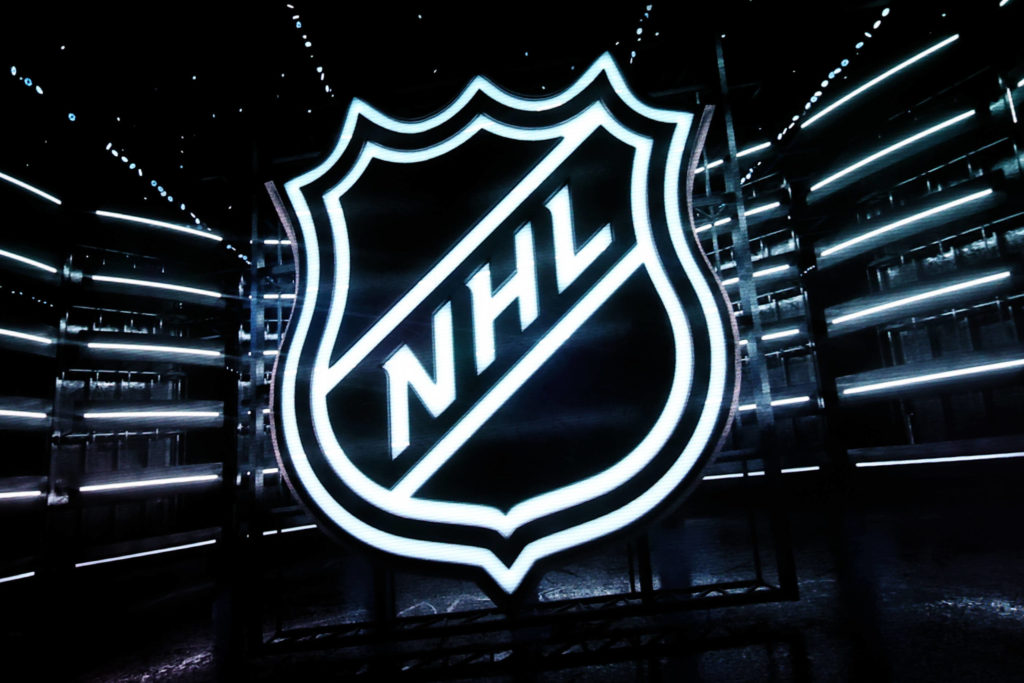The National Hockey League (NHL) is a dynamic space where injuries are part and parcel of the game. Recently, several teams including the Coyotes, Blackhawks, Avalanche and Devils have been dealing with their share of player injuries. The Long-Term Injured Reserve (LTIR), an essential component for managing injured players in NHL, has also come into play.
Cale Makar from Colorado Avalanche made his return to the ice after a frightening accident that had fans holding their breaths. Known for his agility and swift movements on the field, Makar’s absence was keenly felt by both teammates and supporters alike. His comeback brings hope to not just his team but also boosts morale among NHL enthusiasts who admire him 🏒.
Makar’s incident was indeed scary; it reminded everyone involved in this high-speed sport about its inherent dangers – yet he returned stronger than ever before. This resilience is what makes hockey such an exciting spectacle.
On another note, Gabriel Landeskog’s much-awaited return is on the horizon as well. As per recent updates, Landeskog will soon start skating again which comes as good news for all those eagerly waiting to see him back on track.
Playing for Colorado Avalanche like Makar, Gabriel Landeskog’s injury came at a critical time during this season putting additional pressure on his fellow players who had to fill in his shoes while he recovered off-field.
Landeskog’s recovery process has been closely monitored by medical professionals ensuring that he returns only when fully fit so as not to risk any further damage or complications.
Meanwhile Alex Vlasic from Chicago Blackhawks finds himself under concussion protocol after sustaining an injury during one of their games recently.
Concussions are serious business within sports especially like hockey where physical contact can often lead to accidents resulting in head trauma if necessary precautions aren’t taken promptly.
Vlasic’s health status being moved onto concussion protocol indicates how seriously his condition is being taken by the Blackhawks and NHL in general. It’s crucial for players to receive adequate rest and treatment following a concussion to prevent long-term damage.
The use of LTIR has been instrumental in managing these injuries effectively, ensuring that teams can continue their season without major disruptions due to player absences.
In conclusion, while injuries are an unfortunate part of any sport, it’s heartening to see how well NHL manages them with proper protocols like LTIR and comprehensive medical support. As fans eagerly wait for their favorite stars’ return on ice, they also understand the importance of health above all else – making this sporting community truly special.







